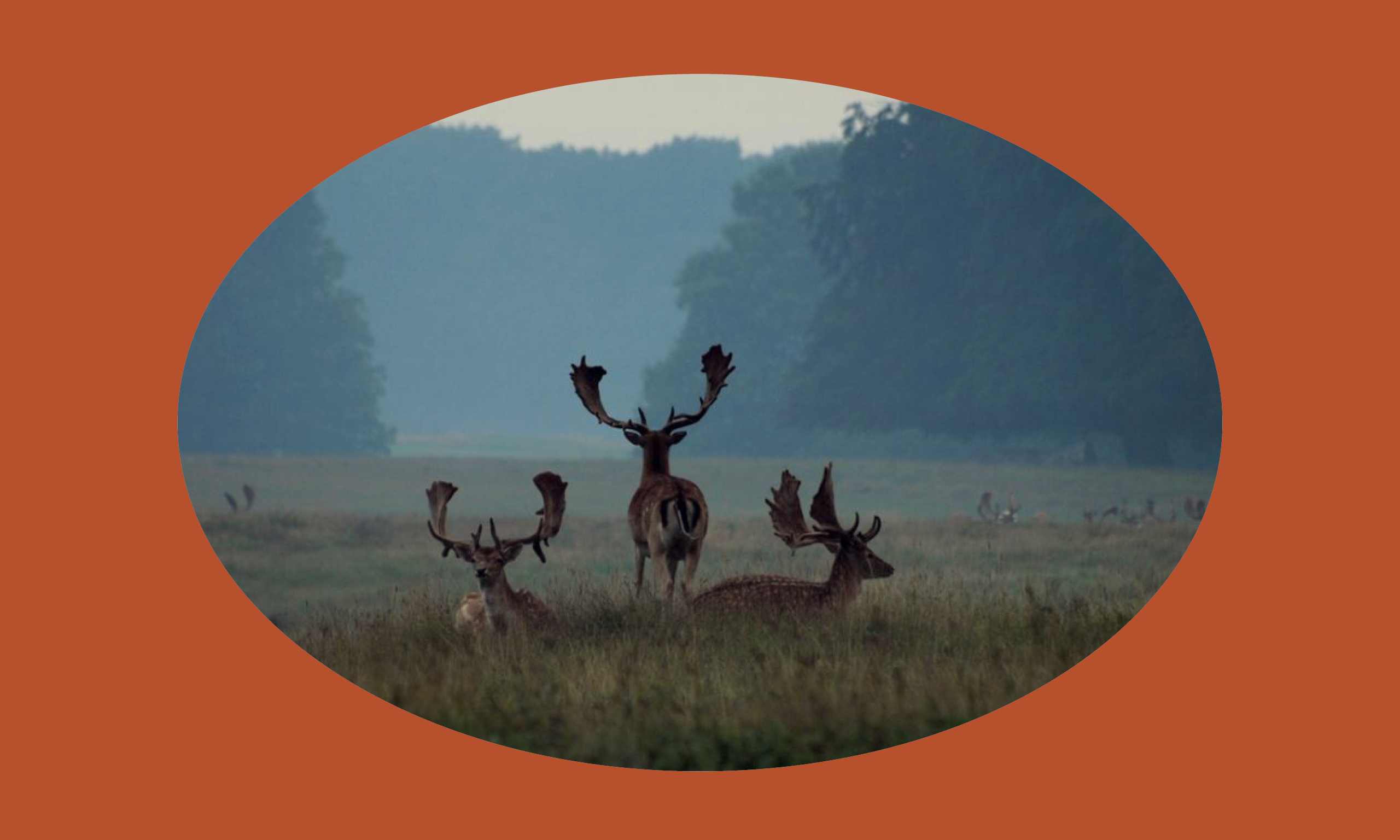
The neighborhood
Although fashions change, it has been desirable to live along the Sound’s coast for more the 7,000 years. With its stream, sea, forest and beach, the Taarbæk area has over the years offered everything from work opportunities to leisure life. Get a taste of Taarbæk Kro’s local environment here.
The Sound

Sparkling blue playground
The coast along the Sound has been inhabited since the Stone Age, 7,000 years ago. Once upon a time, herring fishing and the Sound Dues were here, but today the water is used for everything from ferrying and sailing to kayaking, year-round swimming and paddleboarding.
Strandvejen
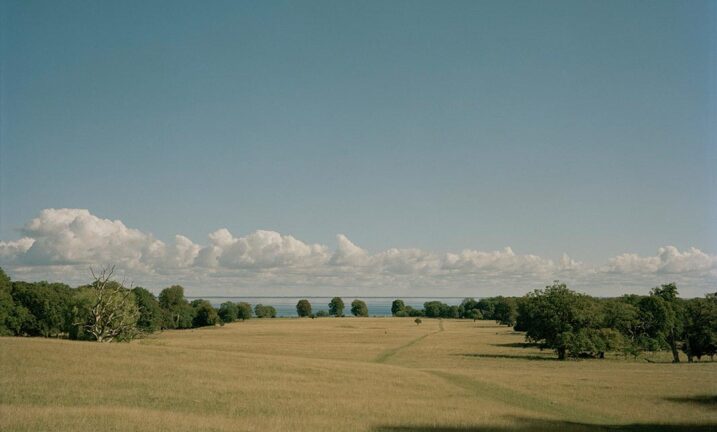


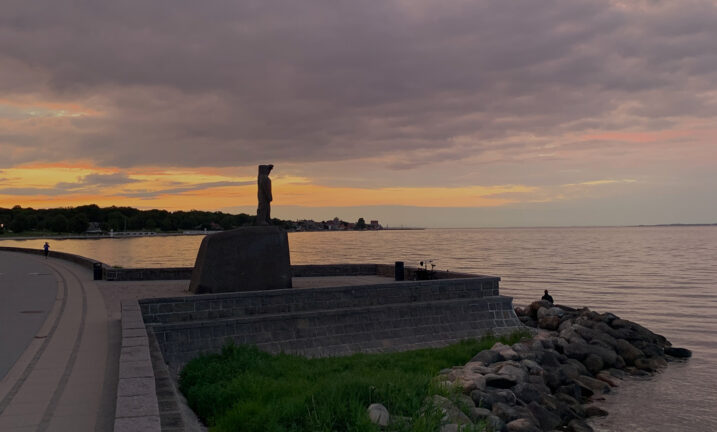
The coast towns
The 13th fairy left again
There are 12 towns along the Strandvejen north of Copenhagen, from Hellerup to Elsinore. In the past, between Taarbæk and Skodsborg, you would have found Springforbi (Jump By), a neighbourhood known for its elegant country houses. In the 1930s however, it was decided to let nature win out and most of the houses were demolished to give the coast back to the people.
Bellevue
A promise of eternal summer
Just south of Taarbæk is the 0.4 mile long and 22-24 yard wide Bellevue Beach with its iconic blue-and-white striped lifeguard towers. Bellevue’s appearance has remained the same since 1932 but it has always been a destination for a day off.
The Strandvejen villas
A charming mix
Taarbæk’s modest fishermen houses received some new neighbours when in the 1850s the distinctive Strandvejen villas first arrived. After decades of country houses in the forests and by lakes, people wanted uninterrupted views of the sea. But they stuck to the Romantic tradition of giving houses names, from Empress Dagmar’s high-lying Hvidøre south of Bellevue to the now demolished Weehawkee in New Taarbæk.
Knud R. & Arne J.
Two cool guys
Polar explorer Knud Rasmussen looks out over the water from Hvidøre pier. Erected in 1963, the statue is a landmark that tells you where to turn the kayak, bike or walking boots. In the same area, architect Arne Jacobsen has sprinkled chalk-white 1930s Nordic “funkis” (functionalism): the Skovshoved Filling Station, Bellevue Sea Bath and the White City (the Bellevue Theatre and the Bellavista housing estate).
Taarbæk Harbour

The city compass
The harbour is the city’s compass: Old Taarbæk to the south onto Bellevue; New Taarbæk to the north onto Trepilelågen (the Three Willow Gate). In 1864, Taarbæk Kro’s then owner, Vilhelm Haagensen, initiated construction of the harbour, which with the help of rich rural residents was ready in 1866. It was finally finished in 1886-88, but without Haagensen taking part in it; he had gone bankrupt in 1883 after rebuilding the inn to a three-storey hotel in 1873.
Dyrehaven
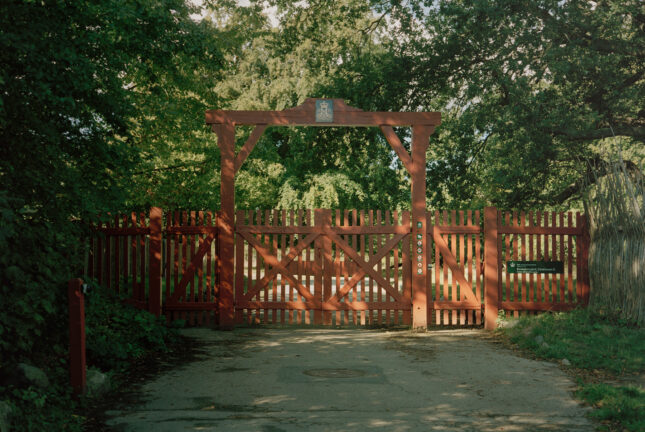


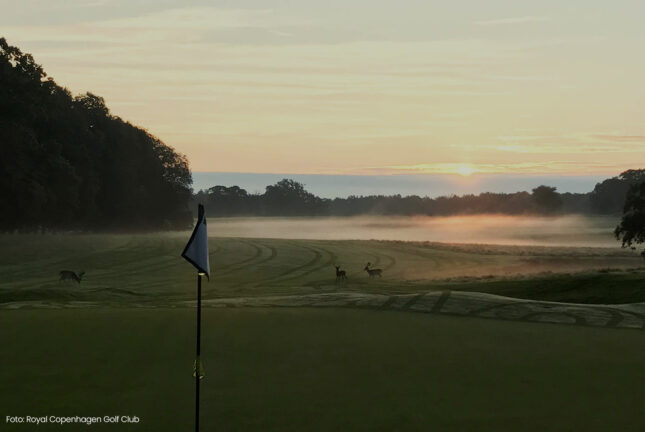
One for all
Dyrehaven, Bakken, Eremitagen
Dyrehaven (the Deer Park) is a natural forest of 2,700 acres, containing 2,000 deer, the amusement park Bakken (built 1583) and King Christian VI’s Eremitageslot (the Hermitage Palace, completed 1734-36). Dyrehaven is the setting for the Hubertus Hunt in November, theatre in the summer, limited car driving on Wednesdays, and riding, running and cycling all year round.
Klampenborg St.
The Picnic Railway
Before the Klampenborg railway was completed on 22 July 1863, you could only get from Copenhagen to Dyrehaven (the Deer Park) one of two ways: along the dusty Strandvejen or by ship from Toldbolden. Now a listed building, coming into Klampenborg train station today, you are greeted by its classic Swiss-style wooden architecture.
Mølleåen
From paper to paddle
Mølleåen (the Mill Stream) runs through Dyrehaven and forms the border between the municipalities of Lyngby-Taarbæk and Søllerød. At the mouth of the stream in the Sound lies Strandmøllen (the Beach Mill), which for more than 300 years (until 1897) was the market leader in paper production using the stream’s hydropower. Today, Mølleåen is mainly used for canoeing, kayaking, rowing and paddleboarding.
Kbh. Golf Klub
Birdies, eagles and deers
Scandinavia’s oldest golf club is located in Dyrehaven, where deer roam freely on the course. The Royal Copenhagen Golf Club, KGK, was founded on 6 December 1898 with the premise for the holes being covered after the end of the game. The winner of the first golf match (23 April 1899) was Ms. Ingeborg Aagesen with approximately seven strokes per hole.
Trees & bushes

Natural order
Although Dyrehaven's trees are free to grow and spread naturally, they cannot choose their own hairstyle. The leaf-eating deer ensure every bit of foliage gets the same trim. The trees attract visitors from near and far, but for author Karen Blixen (Isak Dinesen), it was the hawthorn that drew her. When it would bloom in May in the northern part of the Deer Park, she had her driver take her to see the bushes and she was immediately transported back to her farm in Africa, with the Eremitage plain in the role of magnificent savannah.
Taarbæk Kro

All roads lead to the inn
Although Taarbæk Kro moved to the other side of the street in 1897, it has always been within walking distance of the fishermen’s boats and moorings, and if you came from far away, you could tie up your horse at the traveller stable. Today, you can park your car at various locations: Klampenborg train station, Cottage Park, the church or Dyrehaven, just north of Taarbæk. You could also take bus 388 the last stretch; it has the city’s best parking space.







